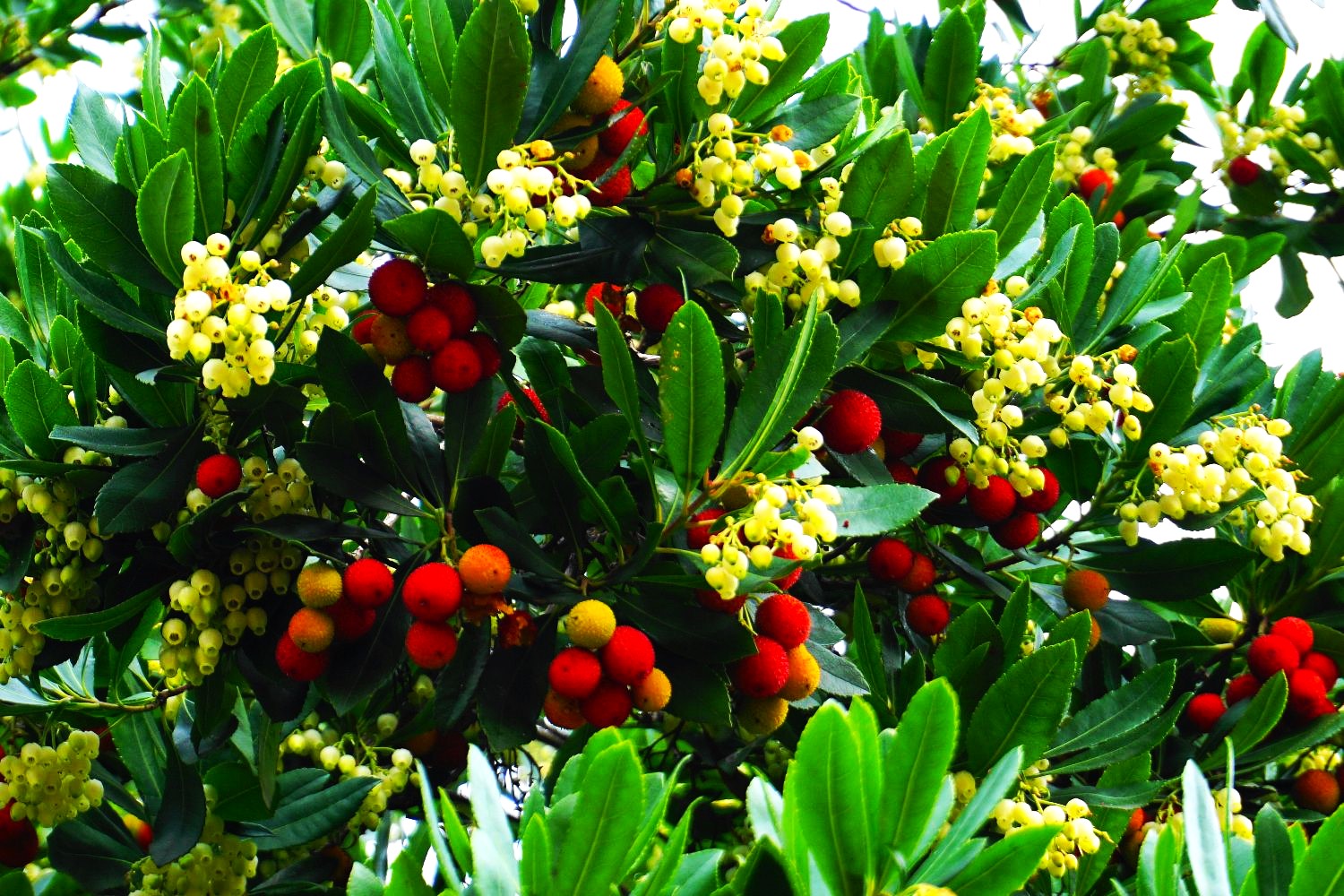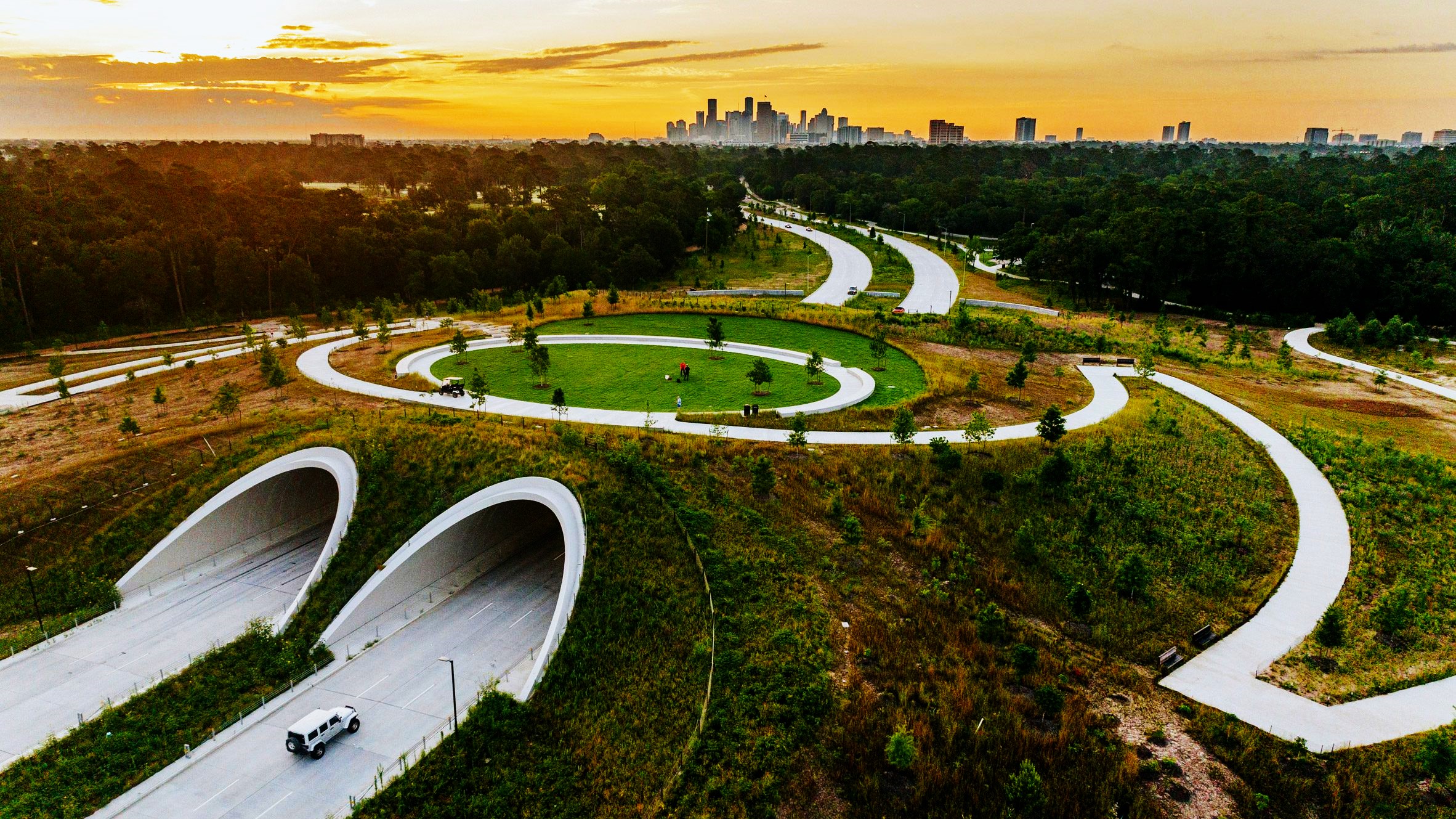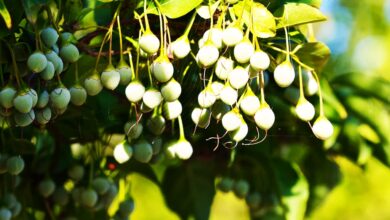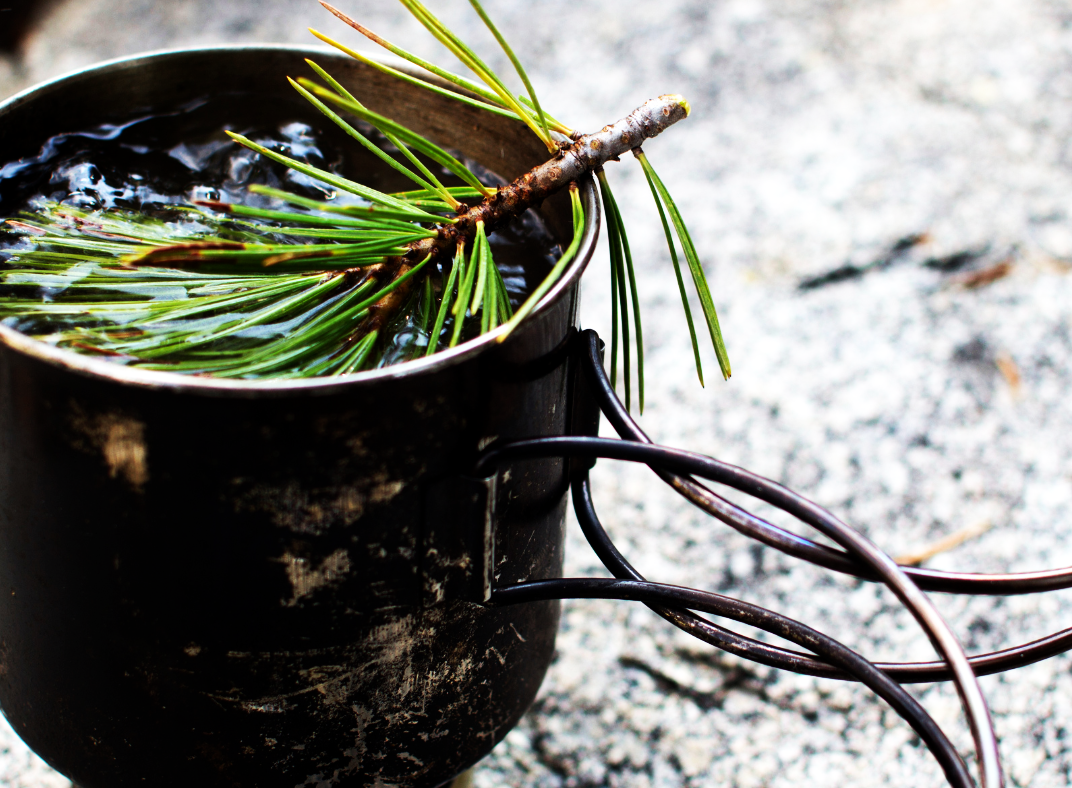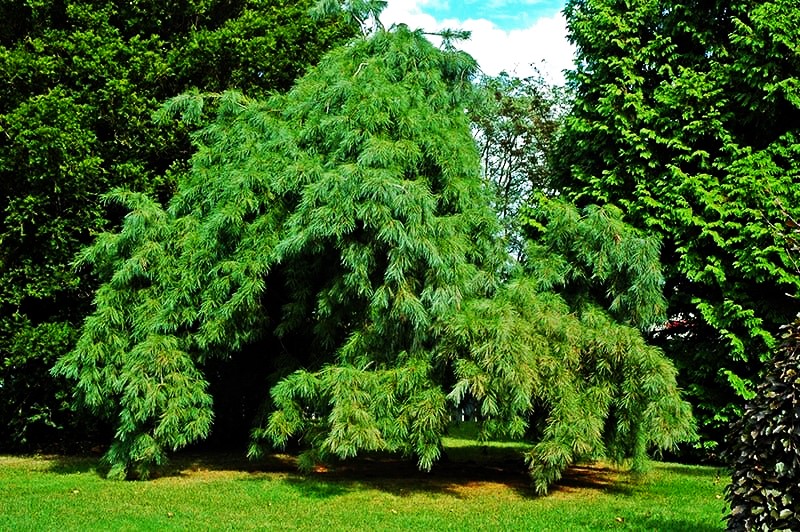Barbados Cherry: How to Grow Barbados Cherries
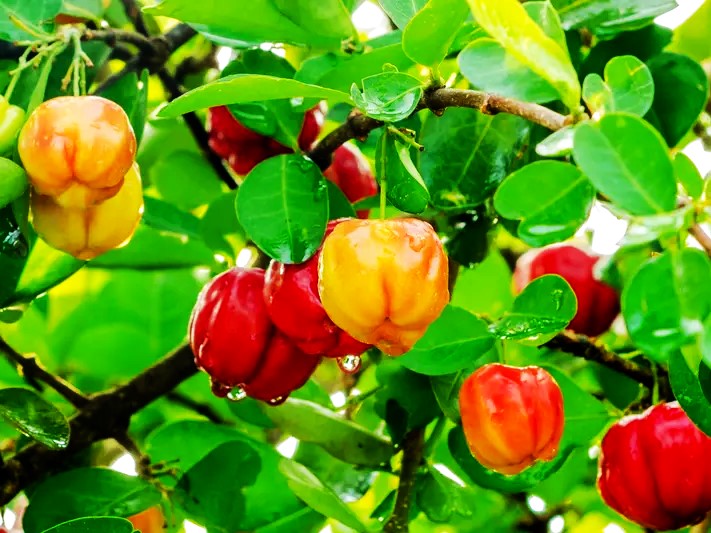
Barbados cherries: what are they? There are several names for the Barbados cherry (Malpighia punicifolia), including fresh cherry, acerola tree, garden cherry, West Indies cherry, and Spanish cherry. Although it originated in the West Indies, the Barbados cherry has spread as far south as Texas. USDA plant hardiness zones 9b through 11 can be used to grow it. Continue reading to find out more about Barbados cherries and discover how to cultivate them in your yard.
Concerning the Acerola Tree
The acerola, also known as the Barbados cherry, is a large, bushy shrub or small tree that grows to a mature height of about 4 meters (12 feet). Thick, vivid green leaves adorn this pretty shrub. In warmer climates, the small, pinkish lavender flowers can bloom all year round; in these cases, they usually appear after irrigation or rain.
After the blooms on acerola trees, the fruit turns bright red and shiny, resembling tiny cherries or apples. The delicious, tart fruit is used to make vitamin C tablets because of its high ascorbic acid content.
Growing Advice for Barbados Cherries
It can be challenging to get Barbados cherry seeds to germinate. If at all possible, buy a small tree, as germination can take anywhere from six to twelve months.
Growing Barbados cherry is comparatively simple once it is established. Plant the shrub or tree in soil that is moist and well-drained, with some shade.
Mature Barbados cherry trees can withstand severe droughts, but younger trees require regular watering.
For the first four years of their life, fertilize Barbados cherry trees twice a year; as the trees get older, cut back on feeding.
When the Barbados cherries are completely ripe, harvest them. Wear gloves, though, as the fuzzy bits on the stems and leaves can cause skin irritation, particularly in the early stages of the tree’s growth.

